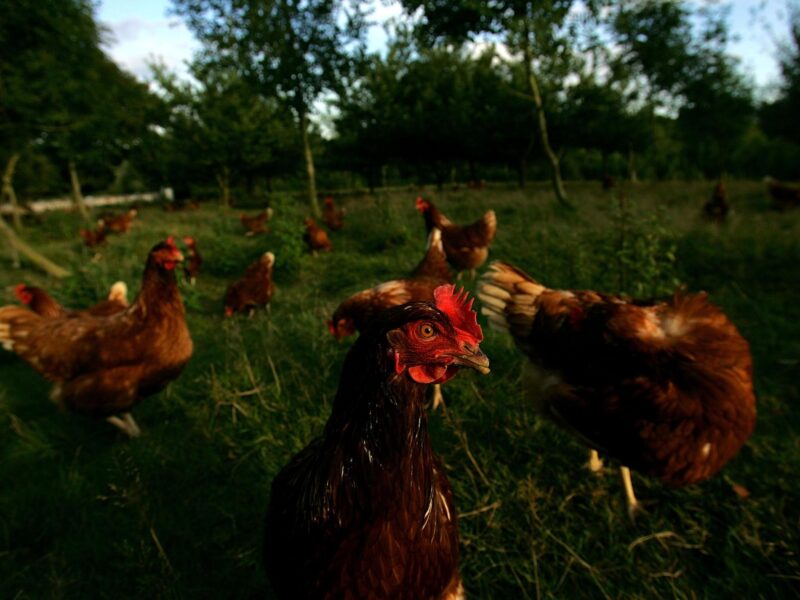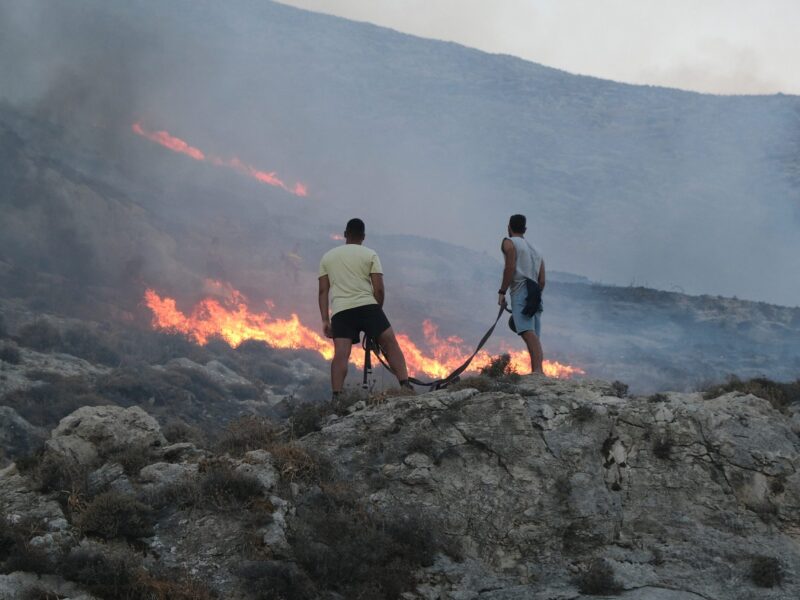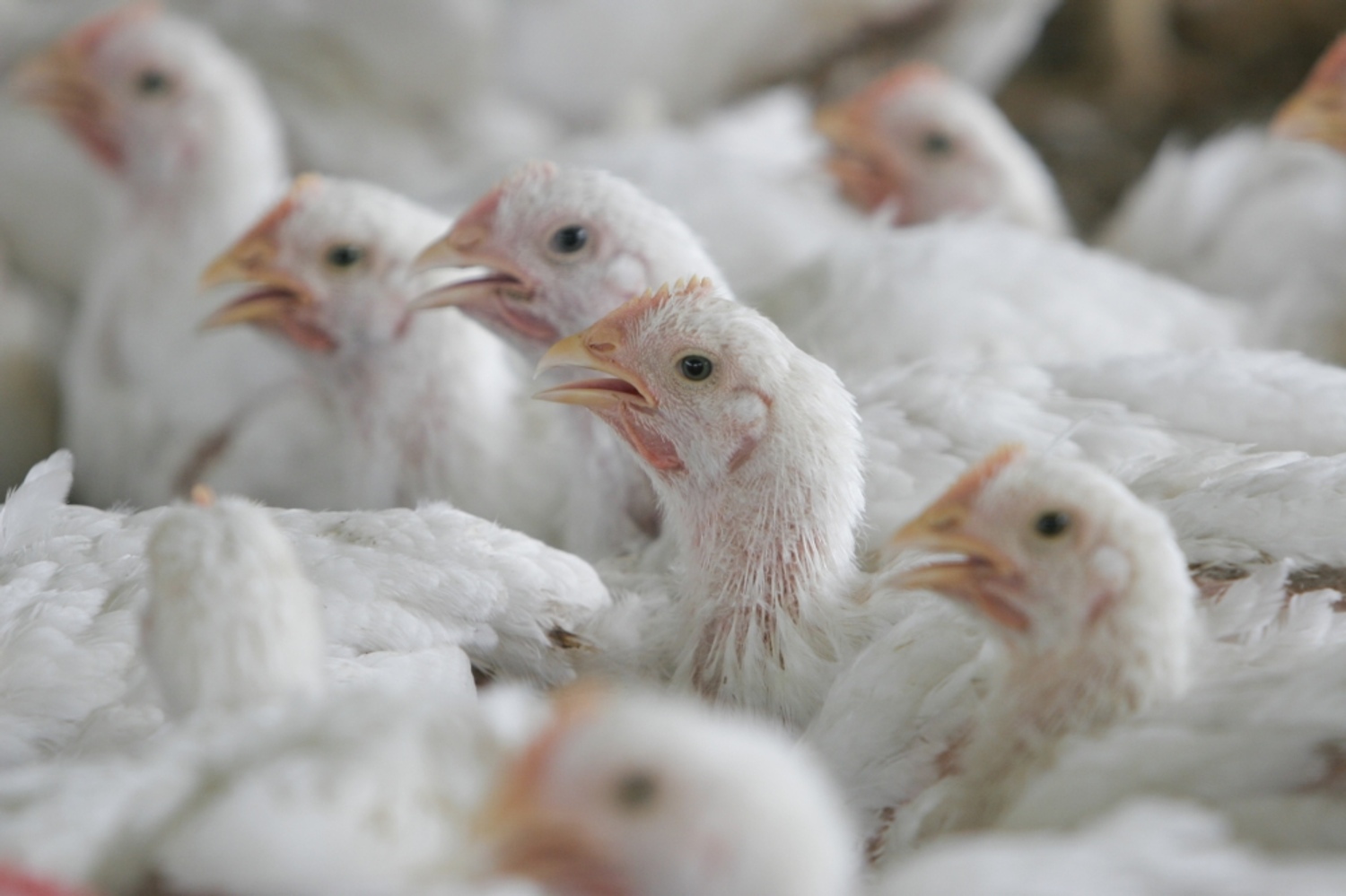
FIRST SEABIRDS, NOW OTTERS: HOW WORRIED SHOULD WE BE THAT BIRD FLU COULD SPARK THE NEXT PANDEMIC?
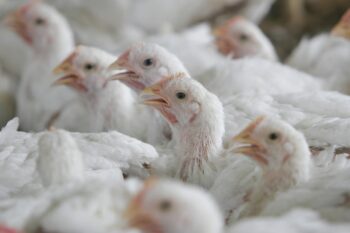
Intensive broiler chickens | Credit: CIWF
Spillover Takes Devastating Disease into Uncharted Territory
Otters have become the latest victim of highly pathogenic Avian Influenza, marking a new low in this ongoing catastrophe for wildlife. But what is being done to tackle the root cause of this devastating disease that is now spiralling out of control? Here, I look at what’s being done to stop this deadly avian disease and ask, could we see the emergence of another pandemic?
The UK has been hit by its largest ever outbreak of Avian Influenza, also known as ‘bird flu’ with over 270 cases confirmed across the country since late October 2021.
In that time period, the disease globally has claimed the lives of an estimated 140 million poultry. This includes almost 48 million birds in Europe and the UK combined and just over 53 million in the US, causing disruption to agriculture and the environment.
The highly pathogenic strain of the disease is thought to have originated in intensive poultry and then radiated into wild birds.
Spillover
Now, public health officials say bird flu has been detected in four otters during routine testing. Monitoring is being stepped up to see if the virus that has devastated bird populations is taking a foothold in other mammalian species.

Credit: Vet Times
As well as Scottish otters, newly published data by the UK Government’s Animal and Plant Health Agency (APHA), shows that five foxes in England and Wales have also been affected.
And the list of non-avian species affected continues to grow. Worldwide, the virus is reported to have been found in a range of mammals, including grizzly bears in America, as well as in dolphin and seals.
Veterinary authorities in Peru have recently confirmed bird flu in sea lions. Against a backdrop of surging outbreaks in poultry in Central and South America, Peruvian authorities say that at least 585 sea lions and about 55,000 wild birds including pelicans and penguins have died, likely from Avian Influenza.
Concern
So, how worried should we be that deadly Avian Influenza is now directly spilling over into mammals?
Professor Ian Brown, of the UK Government’s Animal and Plant Health Agency, was reported by the BBC as saying that he was “acutely aware of the risks” of bird flu becoming a pandemic like Covid-19.
Professor Brown continued by saying, “If we don’t solve the problem across the globe, we’re going to continue to have that risk.”
According to a UK Government briefing, published in December, there have been four instances of highly pathogenic strains of Avian Influenza in humans: one in the UK, one in the USA and two in Spain. All affected were involved in the poultry industry.
UK Government advice continues to be that bird flu is primarily a disease of birds and the risk to the general public’s health is very low.
But for how much longer?
Jumping the species barrier
A report in Nature suggests that an outbreak of Avian Influenza on a mink farm in Spain provides the “strongest evidence so far” that the highly pathogenic strain of bird flu can spread from one infected mammal to another.
The outbreak in farmed mink in October 2022 involved a new variant of the disease, which includes genetic material from a strain found in gulls. According to Nature, this new variant’s genetic makeup also suggests an increased ability to reproduce in mammals.
All of which puts bird flu into uncharted territory.
And there is a clear link with keeping animals intensively as mink are farmed in the most appalling conditions. These essentially wild animals are crammed into tiny cages, causing immense stress and lowering their immune system, making them more vulnerable to disease. It’s a practice banned in Britain but still widespread in Europe.
According to the report by Nature, “Researchers have warned that, unless careful precautions are taken, the disease might eventually spread among people.”
As things stand, bird flu is not easily transmitted between people, but scientists have suggested that just a few mutations would allow it to become as infectious as seasonal flu. An editorial in New Scientist described the risk of a pandemic as ‘fact, not fiction’.
More recently, bird flu was described by Professor Devi Sridhar, chair of global public health at the University of Edinburgh, as a ticking timebomb: “the more chances the virus has to jump into a human and mutate, the more likely it is a dangerous strain will emerge that could set off the next pandemic,” Sridhar says.
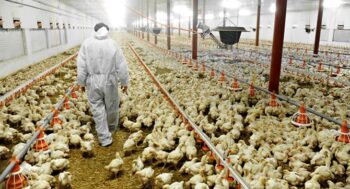
Intensively farmed poultry | Credit: ©BigStock
Poultry
The current high levels of bird flu infection in birds both domesticated and wild are without precedent.
It is thought to have emerged originally in farmed birds during the massive expansion of the poultry industry in China and east Asia at the end of the 20th century.
The low pathogenic version of the Avian Influenza virus is common in birds, both domesticated and wild.
As I explored previously, its evolution into a much more deadly form is likely to have been due to the huge numbers of birds kept at close quarters in the global poultry industry. This provides the perfect breeding ground for disease, giving viruses like Avian Influenza the conditions needed for new and potentially more deadly strains to emerge.
Yet so much of the coverage on bird flu fails to explore this link with industrial poultry production, something akin to writing about climate change without mentioning the fossil fuel industry.
As bird flu continues to hurtle out of control, it can only be a matter of time before authorities have to address the underlying risk to our health and the wildlife around us posed by intensive chicken rearing.
Note: This is a version of an article that appeared in The Scotsman on Monday 13th February, 2023


